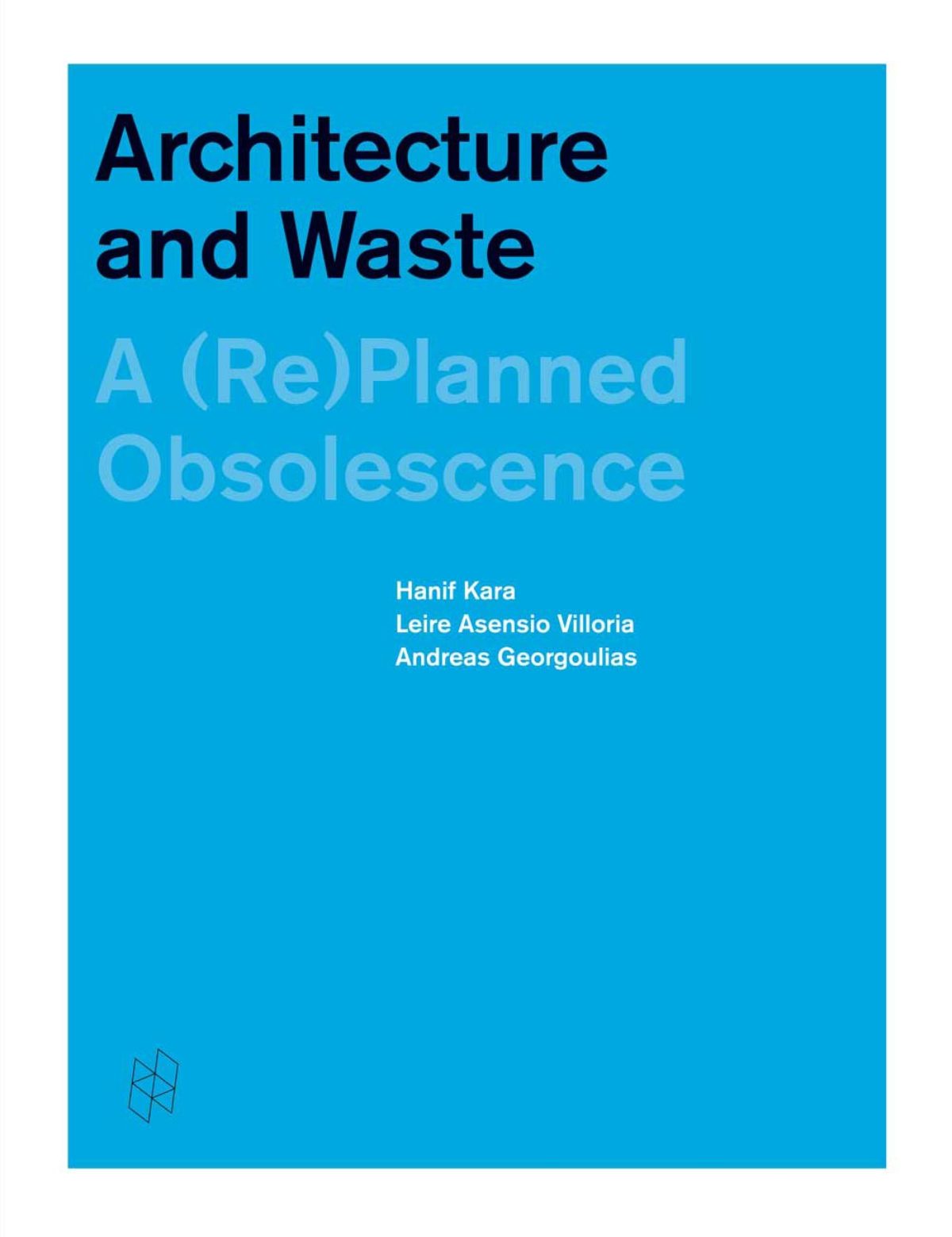Architecture and Waste: A (Re)planned Obsolescence

Often considered utilitarian and unsightly, power plants and other industrial buildings seldom involve architects in their design processes, despite the significant benefits architectural engagement could bring. Based on a three-year investigation of Waste-to-Energy (WtE) facilities undertaken at Harvard University’s Graduate School of Design, Architecture and Waste: A (Re)Planned Obsolescence proposes that designers, owners, and the public reconsider the role of architecture in industrial design.
As population densities increase, growing numbers of WtE plants will be needed to cope with mounting volumes of waste, particularly in urban areas. By juxtaposing the extensive WtE industry in Sweden with less-established activities in the northeastern United States, this design-led examination demonstrates that architects’ contributions can be crucial to integrating WtE plants within their context and counteracting negative public perceptions of such facilities. As architects develop hybrid WtE building typologies that unite energy production with new public and institutional programs, remarkable opportunities arise for these facilities to reconnect to, communicate with, and greatly enrich the communal realm.
Co-published by Harvard University Graduate School of Design and Actar, Spring 2017.
376 pages, hardcover, $44.95
ISBN 978-1-945150-0-50